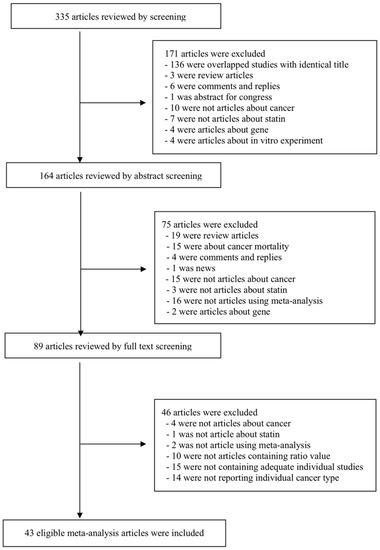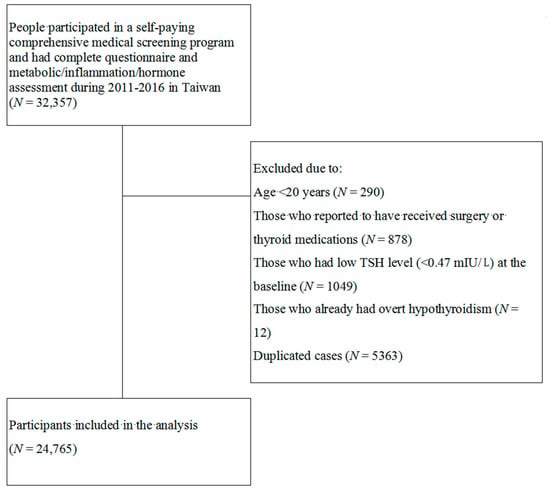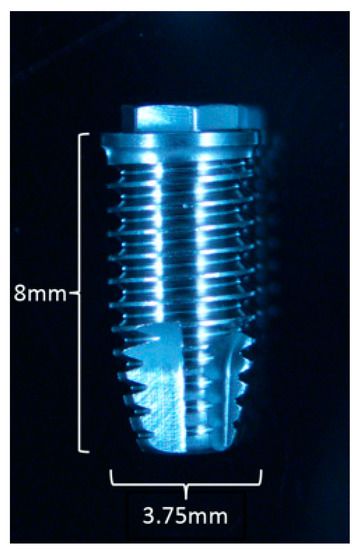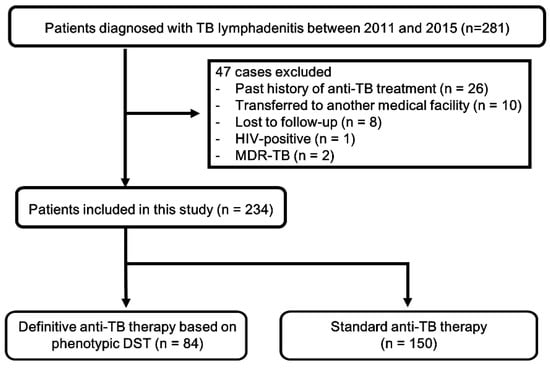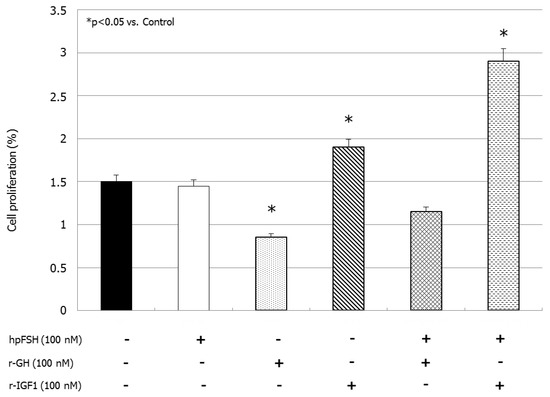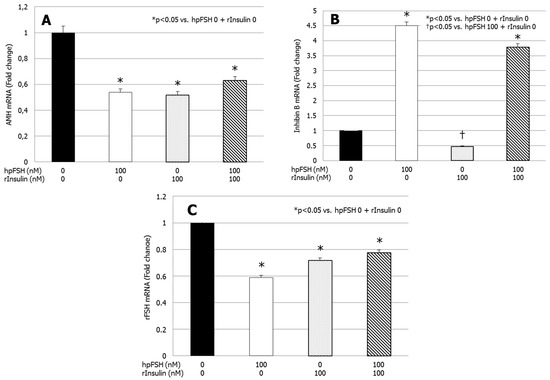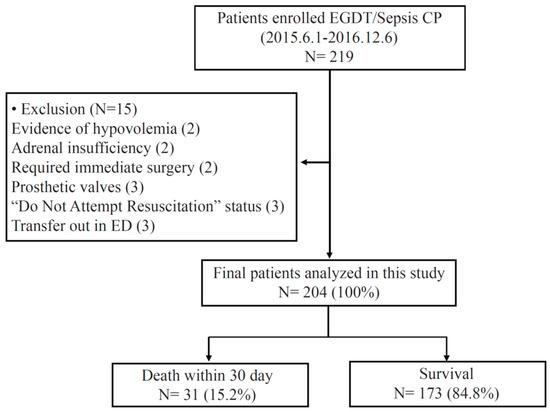J. Clin. Med. 2019, 8(6), 820; https://doi.org/10.3390/jcm8060820 - 8 Jun 2019
Cited by 14 | Viewed by 3279
Abstract
The purpose of this study was to investigate the clinical significance of the 2017 American College of Cardiology (ACC)/American Heart Association (AHA) defined stage 1 hypertension (systolic blood pressure (SBP) 130–139 mmHg or diastolic blood pressure (DBP) 80–89 mmHg), and increase in BP
[...] Read more.
The purpose of this study was to investigate the clinical significance of the 2017 American College of Cardiology (ACC)/American Heart Association (AHA) defined stage 1 hypertension (systolic blood pressure (SBP) 130–139 mmHg or diastolic blood pressure (DBP) 80–89 mmHg), and increase in BP from previously normal BP in Korean adults. We conducted a retrospective analysis of 60,866 participants from a nationally representative claims database. Study subjects had normal BP (SBP < 120 mmHg and DBP < 80 mmHg), no history of anti-hypertensive medication, and cardiovascular disease (CVD) in the first period (2002–2003). The BP change was defined according to the BP difference between the first and second period (2004–2005). We used time-dependent Cox proportional hazards models in order to evaluate the effect of BP elevation on mortality and CVD with a mean follow-up of 7.8 years. Compared to those who maintained normal BP during the second period, participants with BP elevation from normal BP to stage 1 hypertension had a higher risk for CVD (adjusted hazard ratio (aHR) 1.23; 95% confidence interval (CI), 1.08–1.40), and ischemic stroke (aHR 1.32; 95% CI, 1.06–1.64). BP elevation to 2017 ACC/AHA defined elevated BP (SBP 120–129 mmHg and DBP < 80 mmHg) was associated with an increased risk of CVD (aHR 1.26; 95% CI, 1.06–1.50), but stage 1 isolated diastolic hypertension (SBP < 130 and DBP 80–89 mmHg) was not significantly related with CVD risk (aHR 1.12; 95% CI, 0.95–1.31).
Full article
(This article belongs to the Section Epidemiology & Public Health)
►
Show Figures

